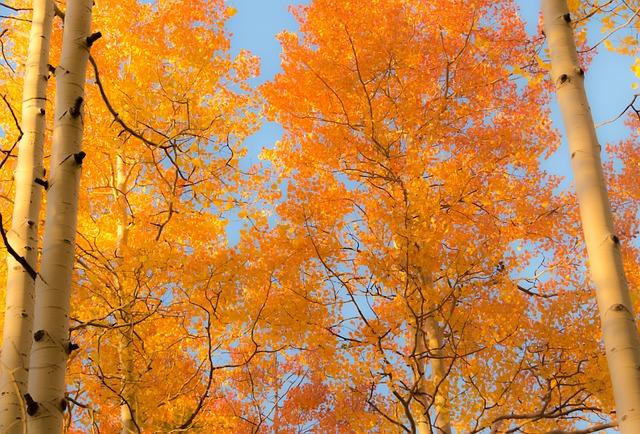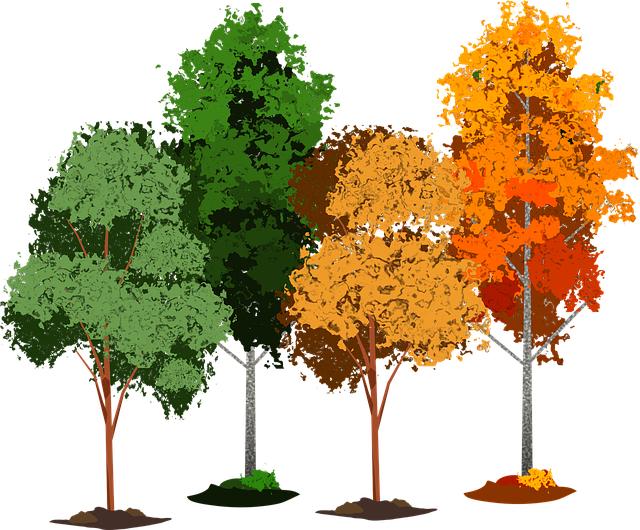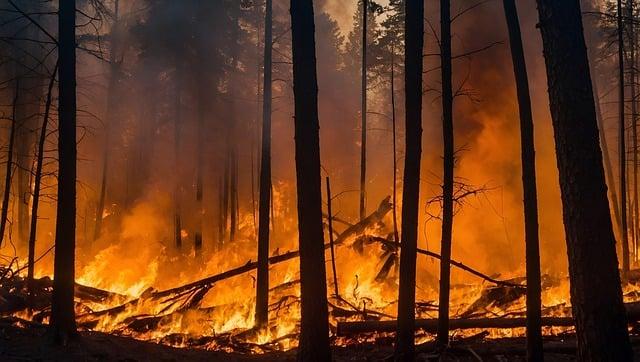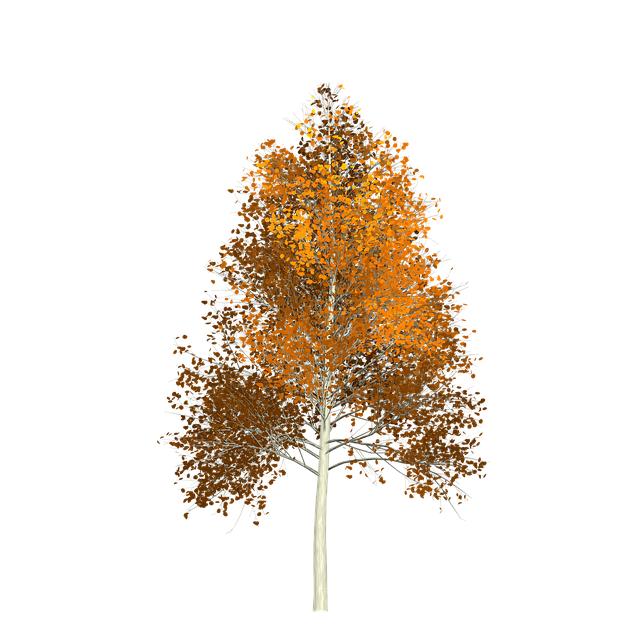- Introduction
- Quaking Aspen as a Symbol of Nature's Persistence
- Unique Features of the Quaking Aspen
- The Role of Quaking Aspen in Native Ecosystems
- How Quaking Aspen Reacts to Environmental Change
- Conclusion
- FAQs
- References
Introduction
Quaking Aspen (Populus tremuloides), also called the trembling aspen, is a species that captures attention not just for its beauty, but also because of its unique characteristics and critical role in forests across North America. In this article, we'll explore what makes this tree so fascinating, from its symbolic resilience to its profound ecological importance in maintaining biodiversity. We'll dive into how the quaking aspen embodies both beauty and survival, and how its ability to thrive in challenging conditions points to something far greater than just another ordinary tree.
This article provides an in-depth look at the trembling beauty of the quaking aspen, its unique traits like the trembling leaves from which it gets its name, its adaptability to environmental shifts, and the vital role it plays in forest ecosystems. By the end of the discussion, you'll have a renewed appreciation for this remarkable species.
Quaking Aspen as a Symbol of Nature’s Persistence

(Image: Pixabay/@TheThrillSociety)
The quaking aspen is a beacon of nature’s tenacity. Found in diverse areas across North America, from Alaska all the way to Mexico, the tree exemplifies survival in the face of variability. Whether it’s steep mountain slopes, high altitudes, or windy plains, the quaking aspen has adapted smartly over the years.
This tree operates on a clonal growth system, meaning each tree is often a genetically identical offshoot of an immense underground root system, which could be thousands of years old. This allows aspens to regenerate faster after forest fires or disturbances, emerging stronger and contributing to the regrowth of the ecosystem.
That persistence is part of the charm when people talk about the quaking aspen; the trembling of its leaves symbolizes a quiet, gentle resistance to adversity. Its capacity to adapt to environmental stresses such as drought, frost, and even human activity reflects a broader story of nature’s considerable power to endure.
Unique Features of the Quaking Aspen

(Image: Pixabay/@narattor)
The quaking aspen has several distinguishing features that set it apart from other trees. Firstly, its most famous characteristic is its round, flat leaves, which appear to "tremble" even in the slightest breeze. This trait is due to the flattened petioles (the small stems that attach the leaves to the branch) that allow the leaves to flutter in the wind. People often find the rustling sound soothing, evoking a sense of peaceful connection with nature.
The bark of the quaking aspen is another unique feature. Smooth and often white or light green, its bark contrasts starkly with the dark trunks and craggy surfaces of many other trees. Even more interesting, the bark contains chlorophyll, which means the quaking aspen can continue photosynthesis through its trunks, allowing for energy production even when leaves are scarce.
Finally, quaking aspens tend to form large colonies. A single organism might extend over dozens of acres, with individual “trees” (offshoots) emerging from the same root structure. One such organism, known as "Pando," is considered one of the oldest and largest living organisms on earth, covering over 100 acres in Utah and weighing an estimated 6 million kilograms.
The Role of Quaking Aspen in Native Ecosystems

(Image: Pixabay/@AlainAudet)
Ecologically, the quaking aspen delivers priceless contributions to its local environments. Standing as a cornerstone species, these trees provide shelter and habitat for numerous species of wildlife, including birds, mammals, and insects. During warmer months, deer, elk, and moose feed on the aspen's leaves and bark, while smaller animals seek refuge in their dense thickets.
In addition, quaking aspens play a crucial role in stabilizing soil and controlling erosion, thanks to their expansive root systems. Forest floors populated by these trees typically see increased biodiversity, especially during early successional stages after a disturbance such as fire or logging. Their rapid growth and resilience mean they serve as both a protective barrier for the land and a nurturing host for plant and animal species alike.
Moreover, this species is key in sustaining long-term forest health. As it regenerates even after significant disruptions, quaking aspen renews the landscape and paves the way for other tree species like conifers to re-establish themselves, ensuring the continuity of the ecosystem.
How Quaking Aspen Reacts to Environmental Change

(Image: Pixabay/@geralt)
One of the reasons the quaking aspen thrives where other species might fail is its extraordinary resilience to environmental changes. This species possesses a remarkable ability to recover from fires, natural disasters, and logging activities thanks to its clonal root system. Unlike many trees, which rely on seeds to regenerate, quaking aspen sprouts new shoots directly from its underground network, accelerating forest recovery.
However, climate change presents serious challenges for the quaking aspen. Rising temperatures and increased drought stress are making certain regions less hospitable for the species. Despite its resilience, research indicates declining aspen populations, especially in drier western regions, where the lack of water affects their survival. To counter this, scientists are studying potential conservation strategies to ensure these emblematic trees remain a presence in our landscapes for generations to come.
This adaptability, however, remains one of the most inspiring aspects of the quaking aspen. Although climatic swings and human-induced pressures pose challenges, the overarching resilience of the species still offers hope that it will adapt to keep thriving in the future.
Conclusion
The trembling beauty of quaking aspen is more than just aesthetic; it represents a story of survival, adaptability, and deep communal connection in nature. With its characteristic fluttering leaves, resilience in the face of environmental challenges, and rich ecological contributions, the quaking aspen invites us to marvel at the enduring power and complexity of the natural world.
Though facing threats like climate change, the quaking aspen stands as a metaphor for nature’s persistent hold on life, reminding us that while the world continually changes, resilience often finds a way to flourish. Through thoughtful conservation, we can work towards preserving this magnificent species and the many ecosystems it supports.
FAQs
Why do quaking aspen leaves tremble?
The leaves of quaking aspen tremble because of their flattened petioles. The flatted stem parts allow the leaves to catch even the slightest breeze, causing them to move or "quake."
Where can quaking aspens be found?
Quaking aspens are widespread throughout North America. They can be found from Alaska to Canada, south to the United States, and even northern Mexico, thriving at various elevations and conditions.
Are quaking aspens sensitive to climate change?
Yes, quaking aspens are facing increasing pressures due to climate change, particularly in areas plagued by prolonged drought or rising temperatures. While they are resilient species, some populations are struggling due to the changing climate.
What is the largest quaking aspen colony?
The largest known aspen colony is also the oldest and largest living organism in the world, known as Pando, located in Utah. It spans over 100 acres and may date back thousands of years.

